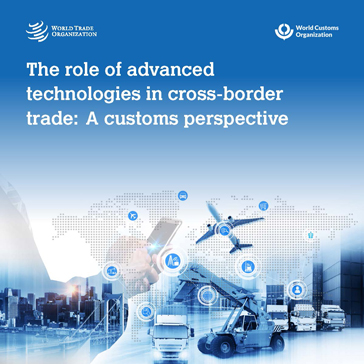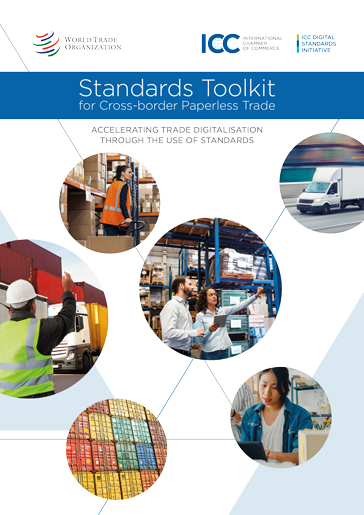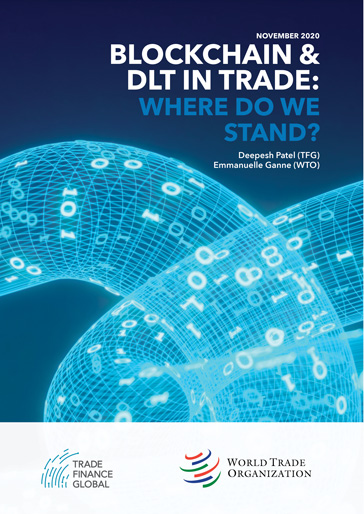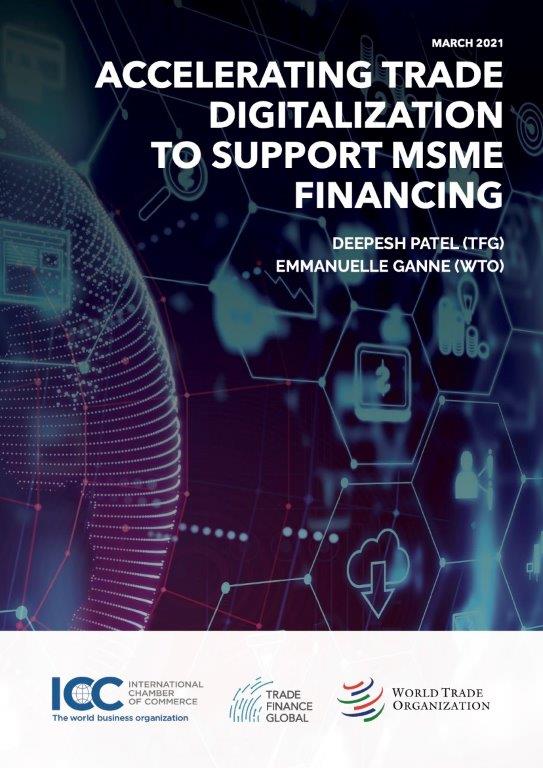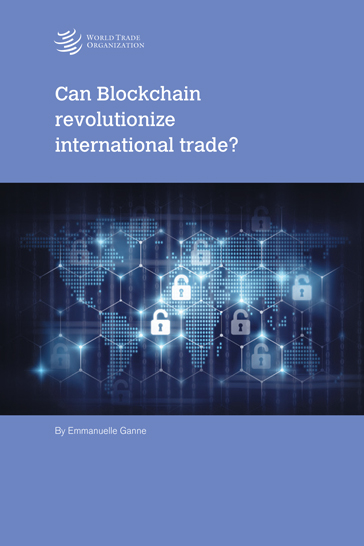Digital technologies and trade
Digital technologies and trade
New technologies are shaping the way we work and trade, creating opportunities but also risks. International organizations can play an important role in promoting a regulatory and policy framework that encourages the deployment of advanced digital technologies while mitigating potential risks. This page provides an overview of discussions and activities on digital technologies at the WTO and links to relevant resources.
News
WTO Publications
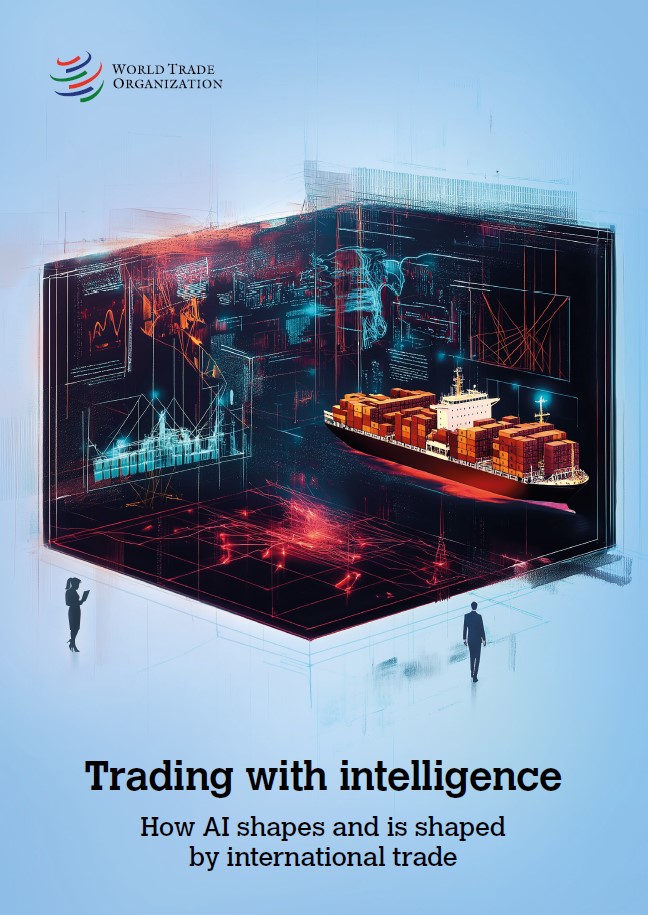 |
How AI shapes and is shaped by international trade |
||||||||||||||
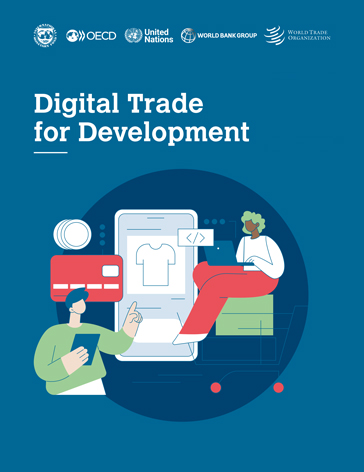 |
Digital Trade for Development explores the opportunities and challenges for developing economies arising from digital trade and discusses the role of international cooperation in tackling these opportunities and challenges. |
||||||||||||||
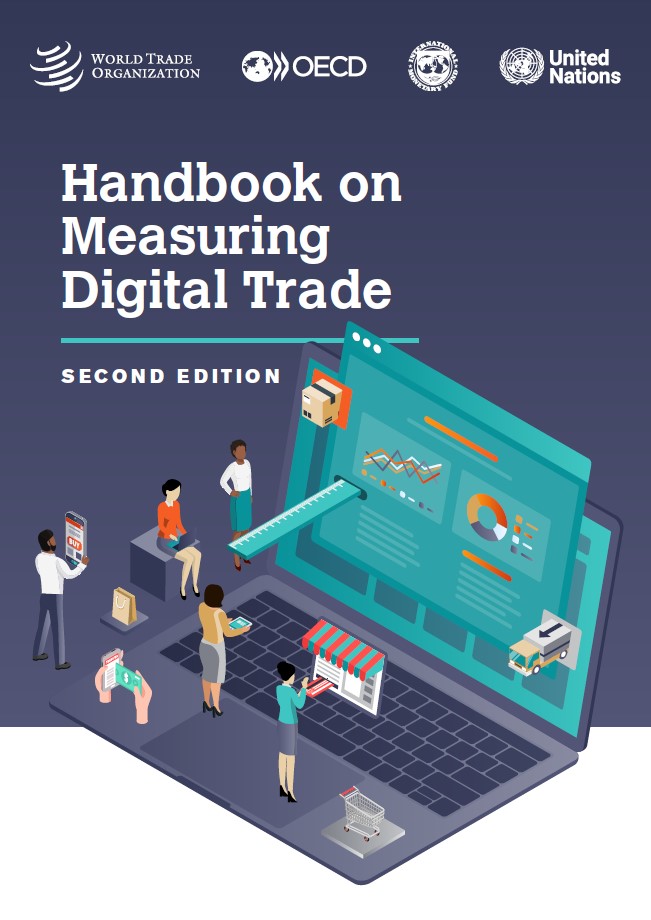 |
Handbook on Measuring Digital Trade The Handbook on Measuring Digital Trade (second edition) provides a framework and practical guidance on how to measure digital trade. Building upon the first edition issued in 2019, the Handbook aims to address the challenges inherent in measuring digital trade and to establish consistent practices that will allow for comparable data across countries. |
||||||||||||||
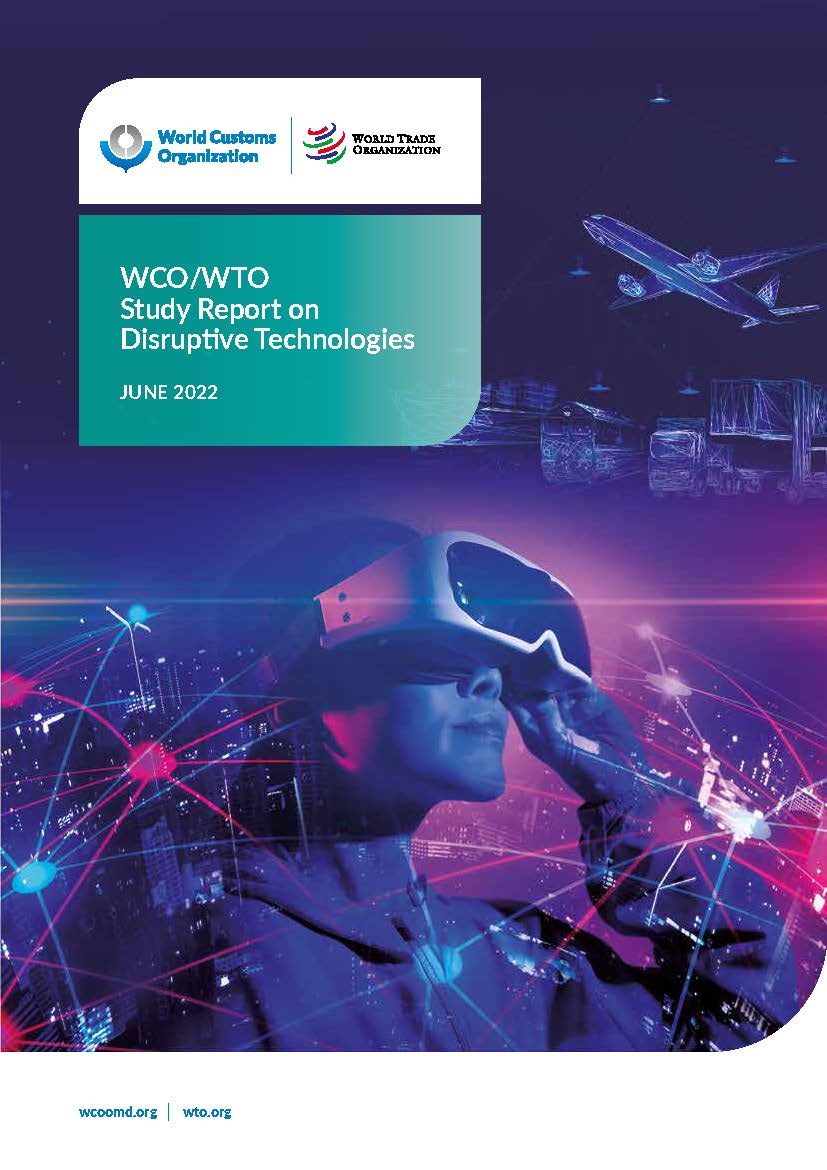 |
WCO/WTO Study Report on Disruptive Technologies So-called disruptive technologies, such as blockchain, the Internet of Things, artificial intelligence and machine learning, have the potential to transform border management and the conduct of international trade. This publication explores how these advanced technologies can be used to improve the efficiency of Customs processes and to ease the flow of goods across borders. |
||||||||||||||
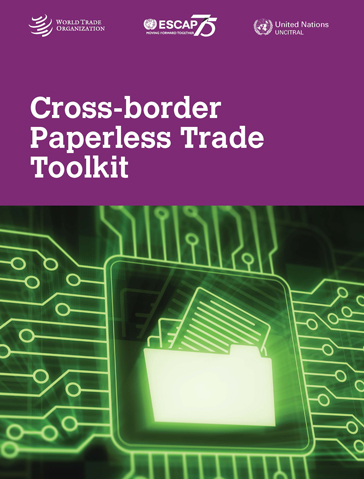 |
Cross-border Paperless Trade Toolkit The benefits of trade digitalization are evident but its implementation may be challenging. Policy decisions require legal and technical action to allow the transition to cross-border paperless trade systems. This publication aims at raising awareness of the technical and legal tools that may be used to make this transition. |
||||||||||||||
 |
The Promise of TradeTech: Policy Approaches to Harness Trade Digitalization TradeTech - the set of technologies that enables global trade to become more efficient, inclusive and sustainable - plays an important role in easing the flow of goods across borders, reducing trade costs and creating new trade opportunities. This publication explores how international policy coordination could advance the global adoption of digital technologies and trade digitalization. | ||||||||||||||
|
|||||||||||||||
Online training
This online course was jointly developed by the International Trade Centre and the WTO. It consists of four modules: (1) why blockchain; (2) what is blockchain technology; (3) how can blockchain be used in international trade?; (4) implementing blockchain for trade.
Topics
Cross-border paperless trade
While trade digitalization has many benefits, implementing cross-border paperless trade systems is a complex endeavour. Various technical and legal tools can be called upon to establish cross-border paperless trade systems.
Developing countries
The COVID-19 pandemic had an accelerating effect on digitalization. This digital transformation has, however, exposed some important shortcomings in many developing countries. The WTO-led Aid-for-Trade initiative plays a crucial role in overcoming constraints by mobilizing resources.
E-commerce
The Work Programme on E-Commerce tasks four WTO bodies with exploring the relationship between existing WTO agreements and e-commerce. It gives the General Council a central role of reviewing the Programme. Separate discussions are taking place among a group of WTO members under the Joint Initiative on E-commerce.
Enhanced Integrated Framework (EIF)
One of the key objectives of the EIF Strategic Plan (2019-2022) is to help LDCs improve technology use in producing goods and providing services in global value chains. To this end, the EIF works with LDCs to facilitate their access to technologies and skills they need, including e-commerce infrastructure.
Environment
The WTO participated in a multi-agency dialogue in 2021 on the latest digital technologies to advance sustainable trade and environmental transparency. The WTO's Environmental Database contains all environment-related notifications submitted by WTO members as well as environmental measures and policies mentioned in the Trade Policy Reviews of WTO members.
Government procurement
The WTO Agreement on Government Procurement 2012 (GPA 2012) recognizes the importance, and encourages the use, of electronic means for procurement. It encourages participating governments to employ e-tools in all aspects of the procurement process.
Intellectual property
Since the Agreement on Trade-related Aspects of Intellectual Property Rights (TRIPS) came into force in 1995, digital technology has fundamentally changed the scale, diversity and nature of cross-border commercial transactions, and the ways in which intellectual property is licensed and traded. The WTO addresses the interface between digital technology, trade and intellectual property in several ways.
Information Technology Agreement
The Information Technology Agreement (ITA), signed in December 1996, aims to eliminate all import duties and other charges on information technology products. In 2015, it was expanded to cover over 200 more products.
Rules of origin
The administration of rules of origin entails the issuance of trade documents (e.g. certificates of origin, importer declaration, certificates of non-manipulation in case of transit, packing lists, etc.). The wider use of digital technologies can greatly facilitate the exchange of the information contained in such documents.
Standards and Trade Development Facility
The Standards and Trade Development Facility (STDF) is a global partnership which works to strengthen food safety, animal and plant health capacity in developing countries by encouraging the use of good practices ľ including through digital technologies ľ to facilitate safe trade worldwide.
Technical barriers to trade (TBT)
Standards and regulations for digital and related technologies are now commonly discussed in the TBT Committee. Over the last few years, the Committee has received an increasing number of notifications of regulatory measures affecting a wide variety of digital issues, ranging from autonomous vehicles and drones to 5G and artificial intelligence (AI).
Trade facilitation
Bureaucratic delays are burdensome when moving goods across borders. Trade facilitation — the simplification, modernization, and harmonization of export, import and transit processes — is therefore an important issue for the world trading system. The Trade Facilitation Agreement, which entered into force in 2017, contains provisions for expediting the movement, release and clearance of goods, including through electronic means.
Trade in services
International trade in services is conducted to a very large and increasing extent through electronic means. The revolution in communications technologies has made many services tradable across borders and has increased the importance of their contribution to international trade, economic growth and development. Cross-border services trade is greatly facilitated by the ease with which services products can be traded as digitalized information flows. The General Agreement on Trade in Services (GATS) established the first framework of international law and multilateral commitments where this trade can take place securely.
Other resources
- Further information about WTO research work
Share
Problems viewing this page? If so, please contact [email protected] giving details of the operating system and web browser you are using.
